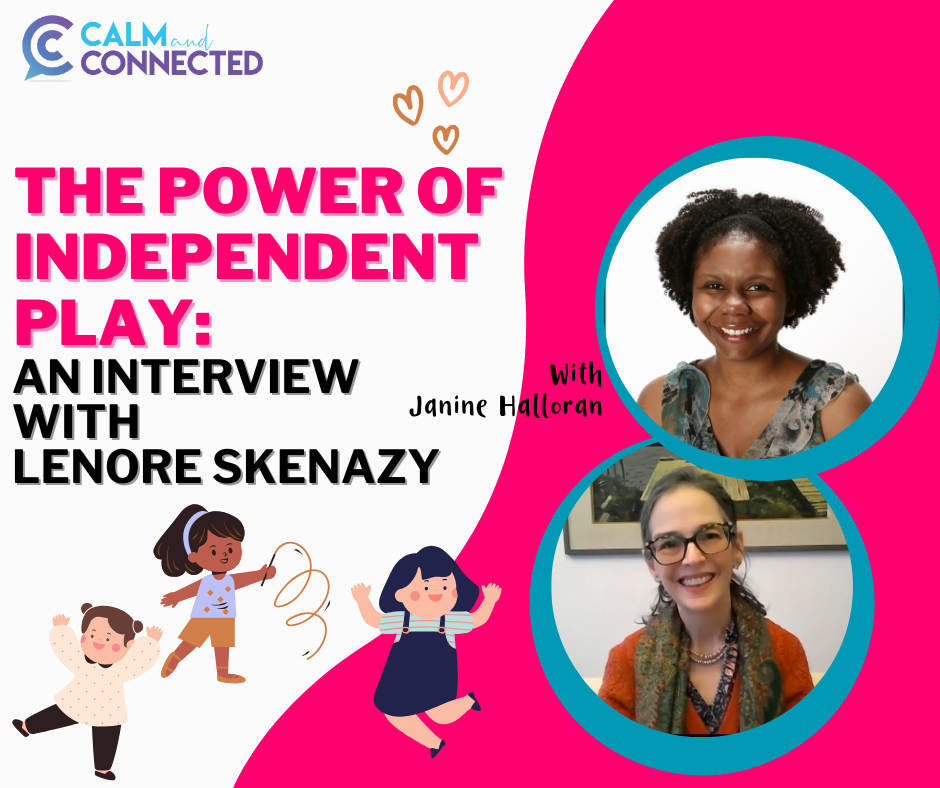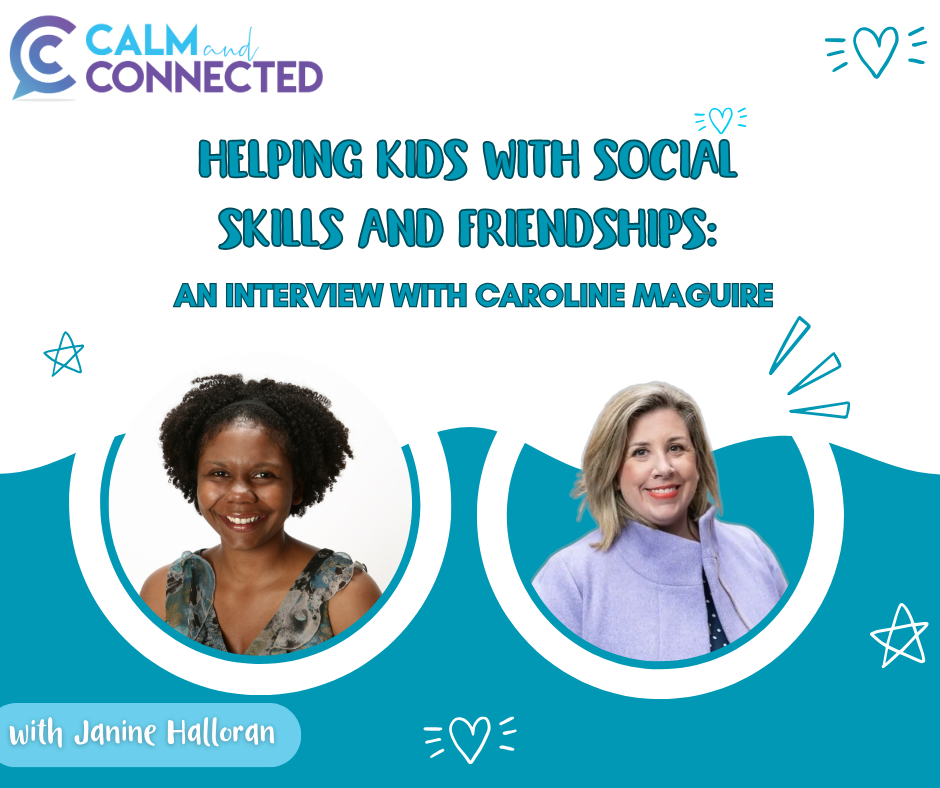Haley comes into my office, sobbing inconsolably. I immediately grab a box of tissues and steer her to my table. She grabs one and puts her head down on the table.
“Haley, can you tell me what’s wrong?” I ask.
“I got on the bus, and then I remembered that my lunch was on the kitchen table but it was too late. I’m going to starve!!!” then she starts crying again.
“Haley, I can see that you’re upset. Let’s take a few deep breaths and then we can talk about ways we can solve this problem together.”
Problem solving is an important social skill to learn to manage not only small everyday issues but also bigger life concerns.
Kids face problems all the time, but sometimes they get stuck and don’t know how to figure out what to do to solve it. A kid could forget their lunch, just as Haley did, and not know what to do next to fix it. Or a kid could get into an argument with another kid over a game at recess and be at a loss for what to do next. Kids need regular practice solving problems. Practicing this skill now will help later when they are faced with bigger decisions as they move into adulthood.
Problem solving actually involves five main steps.
Identify the Problem
Kids need to be able to first identify the problem they are having. Sometimes kids will identify one thing as the problem, but it really turns out to be something else. Make sure you understand the situation and clarify the specific problem.
Generate Ideas
They need to be able to generate several ideas for solving an issue. Not all of them will work, but you’re not trying to pick out ones that will and won’t work during this step. Right now, it’s just about generating ideas.
Evaluate ideas
Here’s where you go through and figure out which ideas are ones to try and which ones to leave behind.
Decide on a solution and try it
Pick an idea for solving the problem and give it a try.
Did it work?
After you’ve tried to solve the problem, check in to see if it worked. If it did, awesome! If it didn’t, just go back and pick another solution that you thought of during the “Evaluate Ideas” step and see if that works.
Make it playful:
As you are reading a book or watching a show with your children, stop and go through the problem solving steps a character might take.
Or, think of a few typical problems children might face (for example: arguing over which game to play, losing a library book, figuring out who is going to go first, etc). Write them on a piece of paper and put them in a hat. Pull them out one at a time then go through the problem solving steps.
A few minutes later, Haley and I have a plan.
“So you’re going to call my mom and see if she can bring it in, right? And if she can’t, then the cafeteria will give me a lunch.” Haley looks reassured.
“Yes, those are our plans. I’m going to call your mom right now. I’ll check in with you in a few minutes and let you know, alright? Head to class and start unpacking your backpack. Have a good day!”













